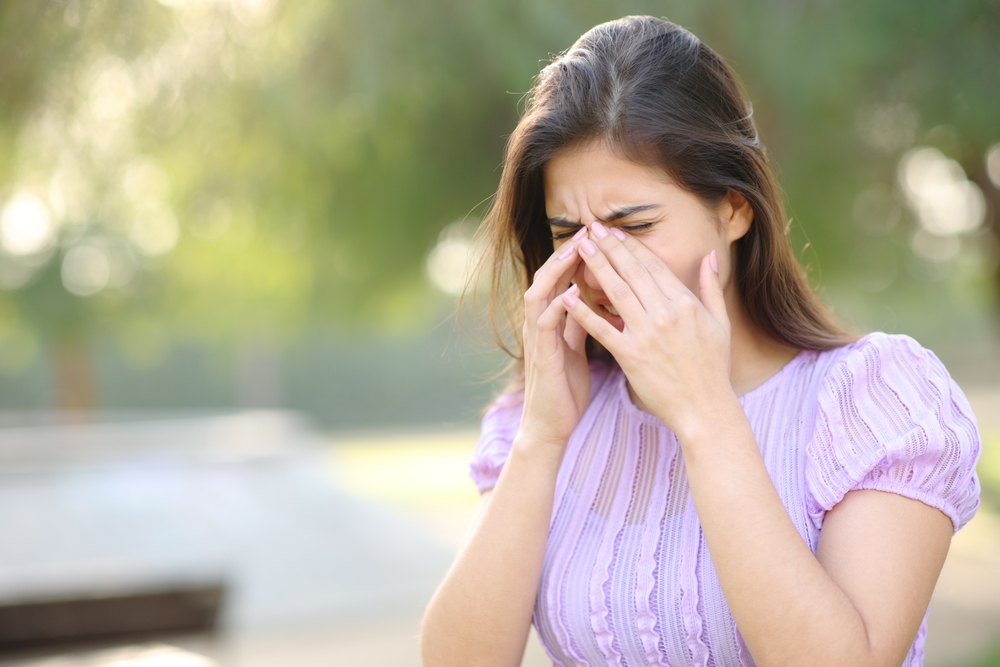
Dry eye occurs when the tear glands in your eyes don't produce enough tears, or when the tears evaporate too quickly. This can be due to a variety of reasons including age, certain medical conditions, medications, and environmental conditions.
Aging is a common cause of dry eye as tear production tends to decrease with age. Certain medical conditions such as diabetes, rheumatoid arthritis, and thyroid disorders can also lead to dry eye. Additionally, some medications, including antihistamines, decongestants, hormone replacement therapy, and antidepressants, can reduce tear production.
Environmental conditions such as dry, windy climate, smoke, or exposure to screen for extended periods can also cause dry eye. Understanding these causes can help you take necessary steps to avoid them and hence prevent dry eye.
The Importance of Early Prevention
The importance of early prevention of dry eye cannot be overemphasized. Early prevention can save you from the discomfort and inconvenience associated with dry eye. More importantly, it can prevent the potential damage to your eyes that can result from prolonged dry eye.
Preventing dry eye is much easier and more manageable than treating it once it has developed. Early prevention involves simple lifestyle changes and habits that can ensure the health of your eyes. These include regular eye check-ups, a healthy diet, and avoiding situations that can lead to dry eye.
Early prevention can save you from the potential costs associated with treating dry eye. These could include the cost of medications, doctor's visits, and in severe cases, surgery. By preventing dry eye, you protect not only your eyes but also your wallet.
Common Symptoms of Dry Eye
Awareness of the common symptoms of dry eye is crucial for its early prevention. These symptoms can include a persistent dry, scratchy feeling in the eyes, sensitivity to light, redness, a burning sensation, blurry vision, and discomfort when wearing contact lenses.
In some cases, dry eye can cause an overproduction of tears as a reflex response to the dryness. This can lead to watery eyes, which may seem counterintuitive but is a common symptom of dry eye. People with dry eye may also find it difficult to drive at night due to increased light sensitivity.
If you experience any of these symptoms, it's essential to consult with a healthcare professional. They can provide you with a proper diagnosis and recommend suitable treatment options.
Top Tips for Early Prevention of Dry Eye
There are several tips for early prevention of dry eye. First, make sure to take regular breaks when doing long periods of screen work. Follow the 20-20-20 rule: every 20 minutes, look at something 20 feet away for 20 seconds. This can help reduce eye strain and prevent dry eye.
Second, hydrate well. Drinking plenty of water can help maintain your body's fluid balance and keep your eyes lubricated. Avoid exposure to wind, smoke, or dry air as these can evaporate your tears and lead to dry eye.
Thirdly, your diet and lifestyle play a significant role in preventing dry eye. Consuming a diet rich in omega-3 fatty acids can help improve tear quality. Sources of omega-3 include fish like salmon and tuna, flaxseeds, and walnuts.
Maintaining a healthy lifestyle is crucial. Regular exercise can improve blood circulation and help remove toxins from your body, including your eyes. Avoid smoking and excessive alcohol consumption as these can lead to dry eye.
Lastly, consider using a humidifier, especially during winter months when indoor air can be dry. A humidifier can add moisture to the air and help prevent your tears from evaporating too quickly. Following these tips can significantly help in the early prevention of dry eye.
Techniques for Managing Dry Eye
If you're already experiencing dry eye, there are several techniques for managing it. For instance, you can use over-the-counter artificial tear solutions to help lubricate your eyes. However, it's important to note that not all artificial tears are the same, and some might work better for you than others.
Also, consider using warm compresses on your eyes. This can help unclog the oil glands in your eyelids and improve the quality of your tears.
When to See an Optometrist
While dry eye can often be managed with simple lifestyle changes and over-the-counter solutions, there are times when professional help is necessary. If you've tried various self-care techniques and your symptoms persist, it's time to seek professional help.
If you experience severe symptoms such as persistent eye redness, extreme sensitivity to light, or vision changes, it's crucial to consult with an optometrist immediately. These could indicate a more serious underlying condition that needs immediate attention.
Treatment Options for Dry Eye
Treatment options for dry eye can range from lifestyle changes and over-the-counter solutions to prescription medications and surgery, depending on the severity of your condition. Your healthcare provider can guide you on the most suitable treatment option for you.
Over-the-counter solutions include artificial tears, gels, and ointments that can help lubricate your eyes. Prescription medications can help reduce inflammation or increase tear production. In severe cases, minor surgical procedures might be necessary to prevent tears from draining away too quickly.
Take Steps to Prevent Dry Eye Today
Dry eye is a common condition that can cause significant discomfort and potentially affect your quality of life. However, with understanding, early prevention, and proper management, it's possible to keep dry eye at bay. Remember to take care of your eyes, maintain a healthy lifestyle, and seek professional help when necessary.
To learn more on early prevention tips and techniques for dry eye, contact Wilson Eyecare Professionals at our office in Greenfield, Indiana. Call (317) 477-3937 to discuss any questions with our team of experts or to schedule an appointment today.






